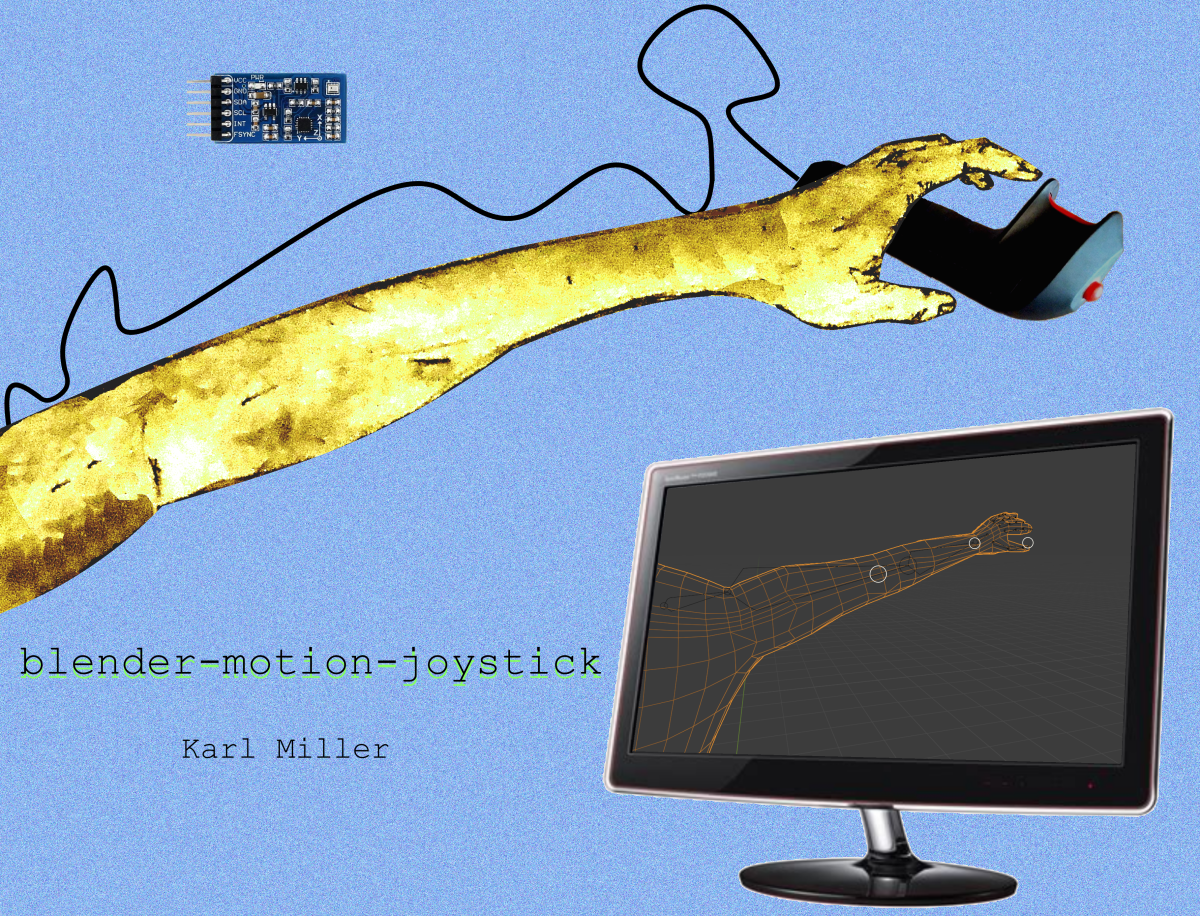Blender Motion Joystick Project
I recently completed a project for school that involved a mixture of programming and electronics.
The project is titled blender-motion-joystick and consists of a vintage flight joystick handle I found on eBay, an accelerometer hot-glued to the inside, 6 wires soldered to an ethernet cable, and a Raspberry Pi and breadboard.
By pitching, yawing, and rolling the joystick, one can pitch, yaw, and roll a selected 3D object in Blender 2.7.9 running on a Raspberry Pi.
Originally, I planned for the project to include two more 3d-printed housings, to be strapped on the wrist and elbow area, which would capture complex arm motion for animation or game purposes, but I scaled the project down as deadlines approached.
Interested readers can find the complete lab report, including a wiring diagram and description of the code, here:
Link to Documentation, Lab Report, Wiring Diagram.
I’m proud of the project, as I gained proficiency in areas I was new in, namely, low-level communications (like i2C), reading spec sheets, soldering, writing addons for Blender, matrices, and 3D generally. I also think this is one of the first projects I’ve completed that could be turned in to something commercially viable.

